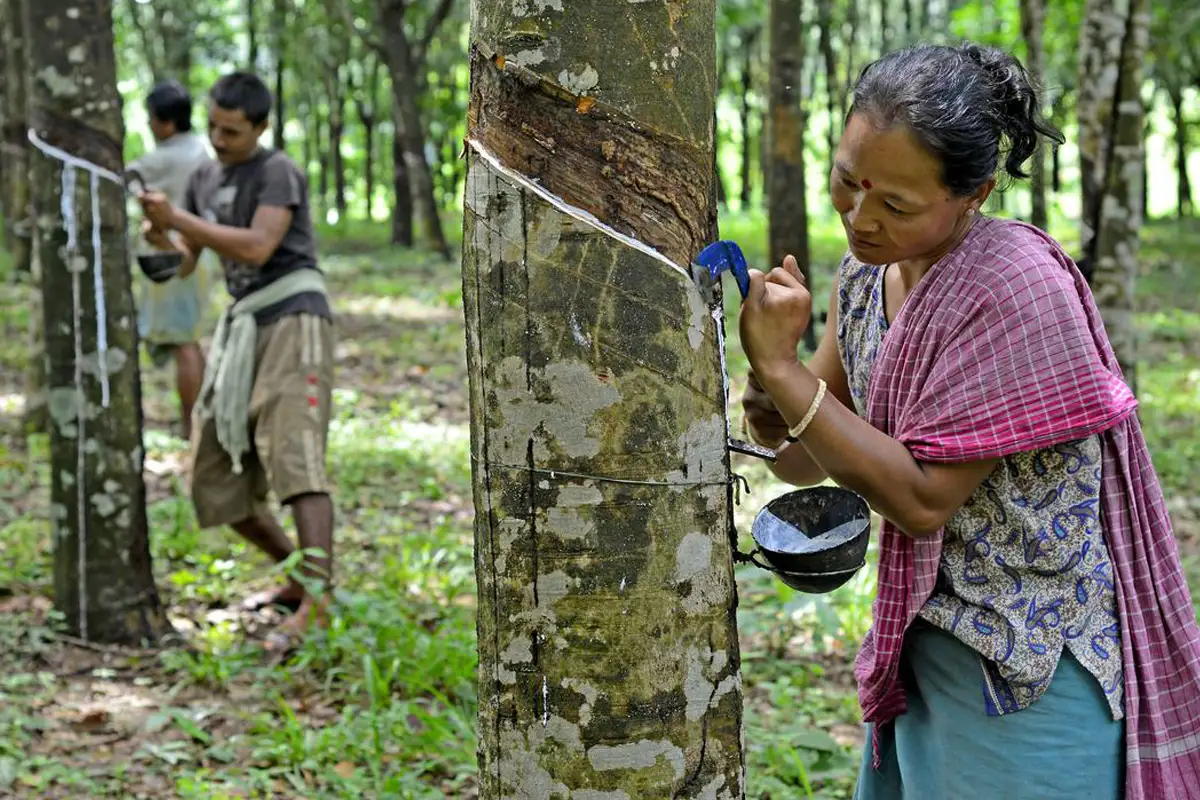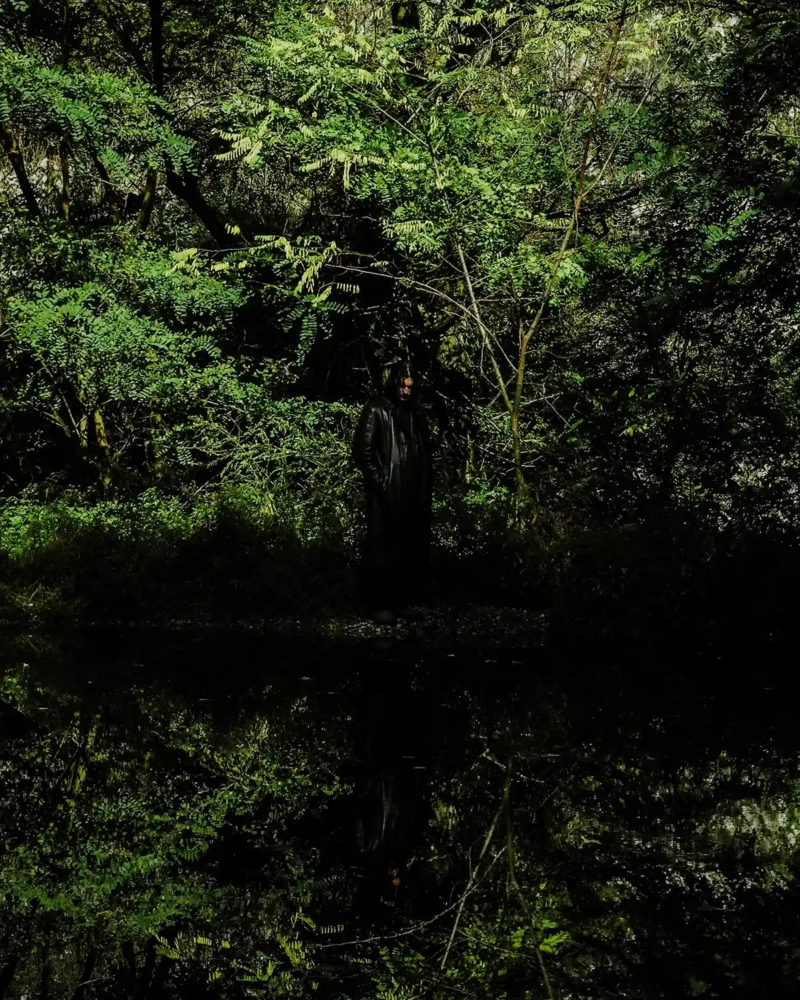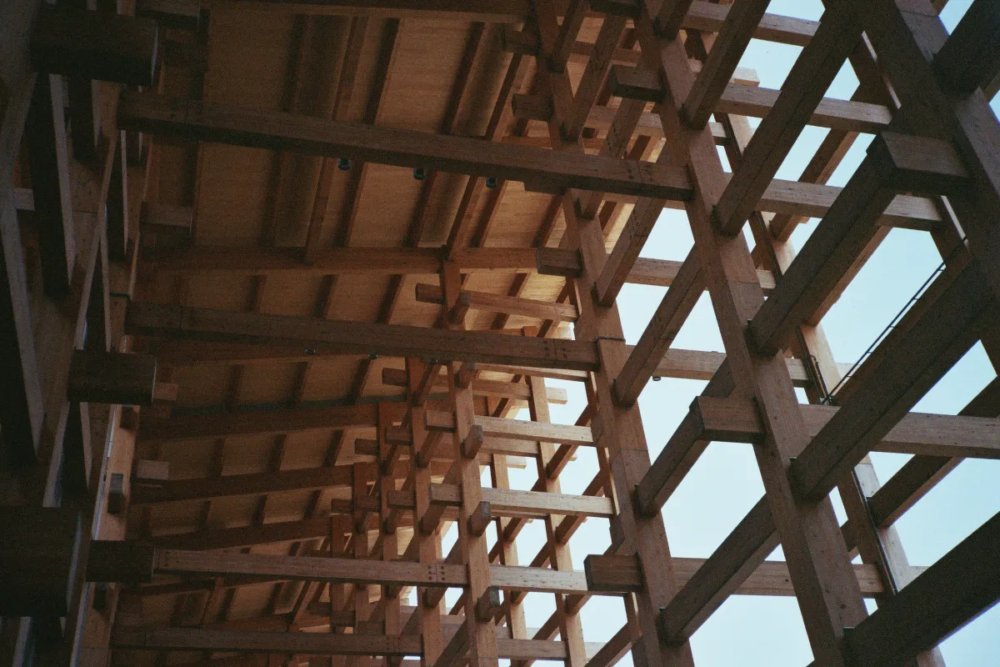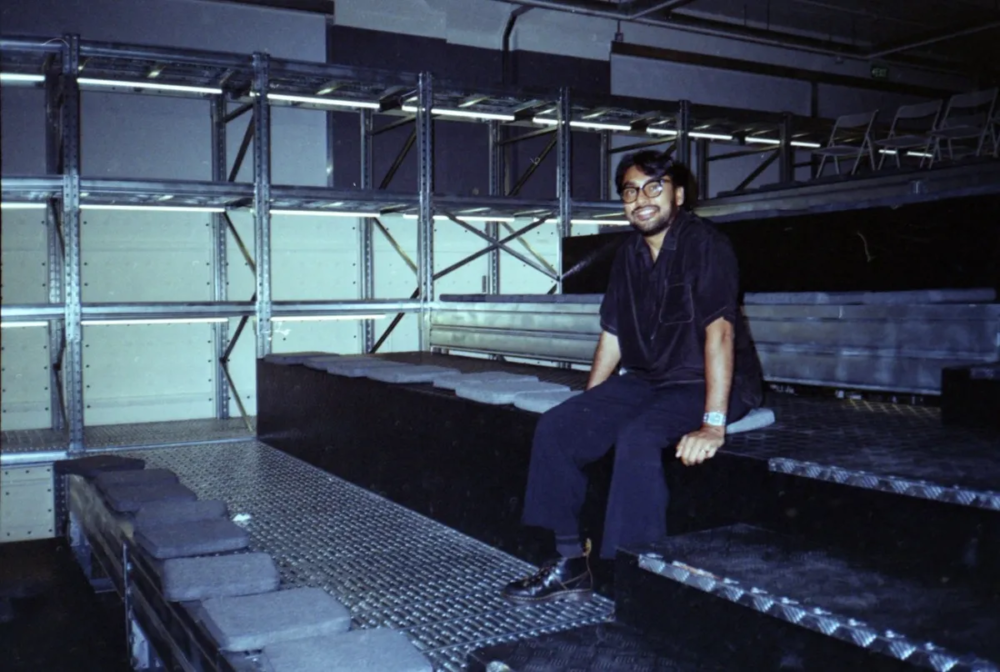
Natural rubber: a raw material linked to deforestation
Between 1993 and 2016, an estimated 4.1 million hectares of forest were destroyed for natural rubber production, with almost three-quarters of this destruction taking place after 2001
Natural rubber (NR) is an unnoticed yet omnipresent feature of our daily lives
Used to manufacture anything from surgical gloves, rain boots, and car tires to medical devices, earplugs, and toys, natural rubber (NR) is an unnoticed yet omnipresent feature of our daily lives and a commodity without feasible substitutes.
While natural rubber derives from a renewable source in contrast to its synthetic, fossil hydrocarbon-derived counterpart, its production has been in the spotlight for its links to deforestation, biodiversity loss, and workers’ rights violations.
Given the ubiquity of natural rubber-based products and the unlikeliness of their demand going down in the near future, policies that implement improvements in the environmental and socio-economic performance of this forest raw material value chain are needed to support sustainable production and abate rubber-related deforestation.
Forest-based raw materials – understanding natural rubber
The milky white sap from the Hevea Brasiliensis was already utilized by the native populations of Mexico before European colonization, after which this commodity reached Europe.
Despite the introduction of synthetic rubber, natural rubber has remained a critical natural resource due to its high resistance, elasticity, and water resistance. Global natural rubber production reached over 6.5 million metric tons in the first half of 2023, with a current cost of around 168 US cents per kg.
Most of the world’s natural rubber is harvested in tropical countries where its trees grow. The leading natural rubber exporting nations are in the Asia Pacific, such as Thailand, Indonesia, and Vietnam, where more than 70% of the area’s production occurs. About 70% of the world’s natural rubber production is employed in tire manufacturing, with a few companies making up for most of its consumption.
Deforestation and raw materials – assessing the impact of natural rubber production on the forests
Understanding the scale of raw materials extraction’s impact on natural forests is needed for policy-making. Still, the effect of natural rubber on the environment has been long uncertain, notwithstanding its links to deforestation, land degradation, and biodiversity loss. One reason for this is that about 85% of global natural rubber output comes from smallholders, which translates to small, scattered plantations. A recent analysis shed some light on the matter via direct remotely sensed observations.
This analysis, published in October last year in the journal “Nature,” presented maps of rubber plantations and the related deforestation across Southeast Asia, covering more than 90% of the region’s natural rubber output volume. The study titled “High-resolution maps show that rubber causes substantial deforestation” was led by the Royal Botanic Garden Edinburgh (RBGE), with Kunming Institute of Botany (KIB) in the Yunnan Province of China, the CIFOR-ICRAF China Country Program, and Chinese Academy of Sciences.
Through Earth observation satellite data and cloud computing, they found that natural rubber plantations have led to sizable deforestation in Southeast Asia. In that area, mature rubber plantations covered 14.2 million hectares in 2021. Between 1993 and 2016, an estimated 4.1 million hectares of forest were destroyed for natural rubber production, with almost three-quarters of this destruction taking place after 2001.
Rubber deforestation is underestimated – the actual impact of raw materials
In addition, the figures from this recent study’s direct remotely sensed observations show that the global data employed in elaborating deforestation policies could be underestimating the scope of the issue.
The study’s data show that the deforestation caused by cultivating this forest-based raw material could be at least twofold to threefold higher than the numbers used for policy-setting, with a likely conspicuous impact on biodiversity.
«Rubber was already known to lead to forest loss, but quantifying the damage has been challenging. Because it is difficult to distinguish from natural forest on satellite imagery, it has received reduced attention when looking at the losses caused by commercial plantations. However, thanks to expanding earth observation and computing technology, there are increasing opportunities to map ‘difficult’ commodities. The results have been sobering». Said the study’s lead author Dr Yunxia Wang of the Royal Botanic Garden Edinburgh in a press release.
According to the Deputy Keeper and Director of Science at RBGE, Professor Peter Hollingsworth: «The study highlights the importance of rigorous quantifications of the effects of cash crops on the environment. This is now increasingly possible thanks to advancements in earth observation technology».
Is the inclusion of natural rubber in zero-deforestation legislation enough to reduce impacts on biodiversity?
On 29 June 2023, the European Union’s Regulation on deforestation-free products entered into force. Natural rubber is among the several commodities encompassed by this EU regulation, whose goal is to tackle biodiversity loss and greenhouse gas emissions from goods linked to deforestation and forest degradation across the globe.
A study published earlier last year in the conservation biology journal “Conservation Letters” assessed the missing puzzle pieces needed to achieve sustainability standards and eliminate deforestation from natural rubber’s smallholder-dominated supply chains without driving the latter into poverty.
The researchers behind this Bangor University-led study titled “Rubber’s inclusion in zero-deforestation legislation is necessary but not sufficient to reduce impacts on biodiversity” systematically reviewed case studies and analyzed the industry’s trends.
Natural Rubber – Dr Eleanor Warren-Thomas of Bangor University’s College of Environmental Sciences and Engineering in Wales, UK
They have found that rubber demand is likely to keep rising, and with this comes the risk of an increase in harvested rubber area. Disease and risks related to climate change could act as potential fuel to fire by decreasing plantation productivity.
«Our analysis shows substantial expansion of rubber plantations has occurred in many producer countries since 2010, with particularly rapid increases in new locations such as Côte d’Ivoire. Some 2.7 million to 5.3 million hectares of additional harvested area could be needed to meet industry estimates of demand by 2030. It is critical that existing rubber producers are supported to improve their yields and maintain production, to avoid ongoing expansion of plantation area». Said first author Dr Eleanor Warren-Thomas of Bangor University’s College of Environmental Sciences and Engineering in Wales, UK.
Smallholders would need assistance in bettering their agricultural practices, and an increase in the rubber market covered by zero-deforestation laws would avoid displacement to unregulated markets and consequential deforestation.
«Rubber smallholders and industry understandably fear extra burdens placed on them by regulations. However, these studies show that the biodiversity impacts and deforestation from rubber cannot be ignored and that there is a need for solutions that work for smallholders, without putting any more pressure on the planet». Said one of the study’s co-authors Dr Maria Wang of the University of Sheffield’s Grantham Centre for Sustainable Futures.
Royal Botanic Garden Edinburgh
The RBGE is a leading botanic garden and scientific center founded in the homonymous Scottish city in 1670.








